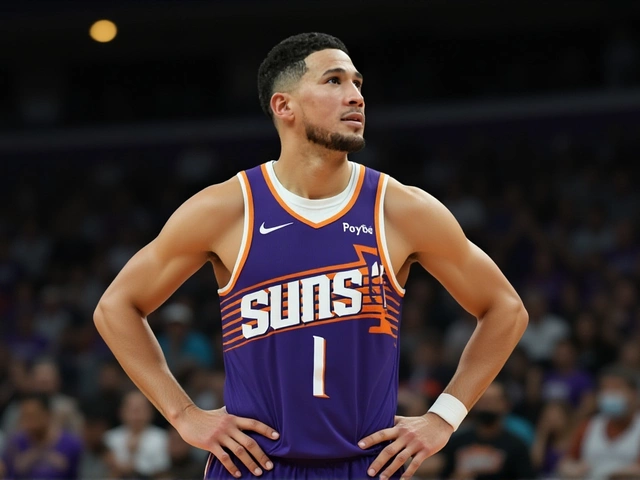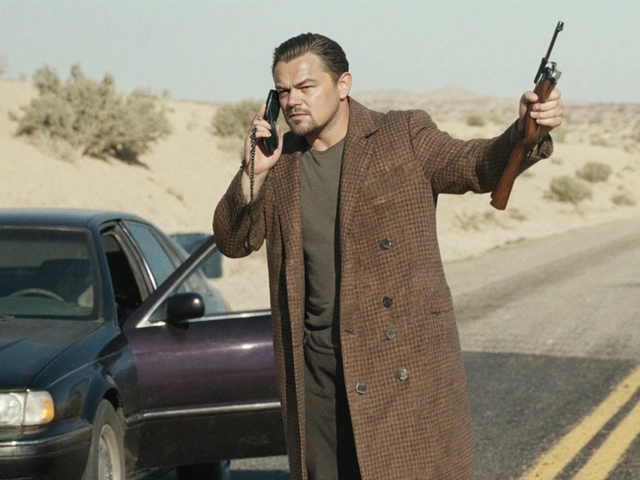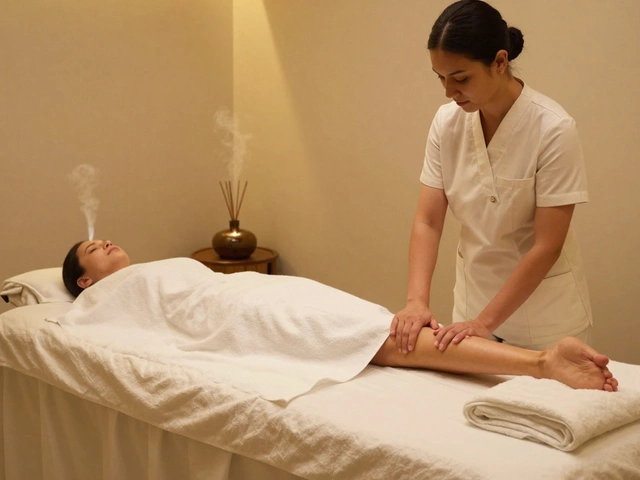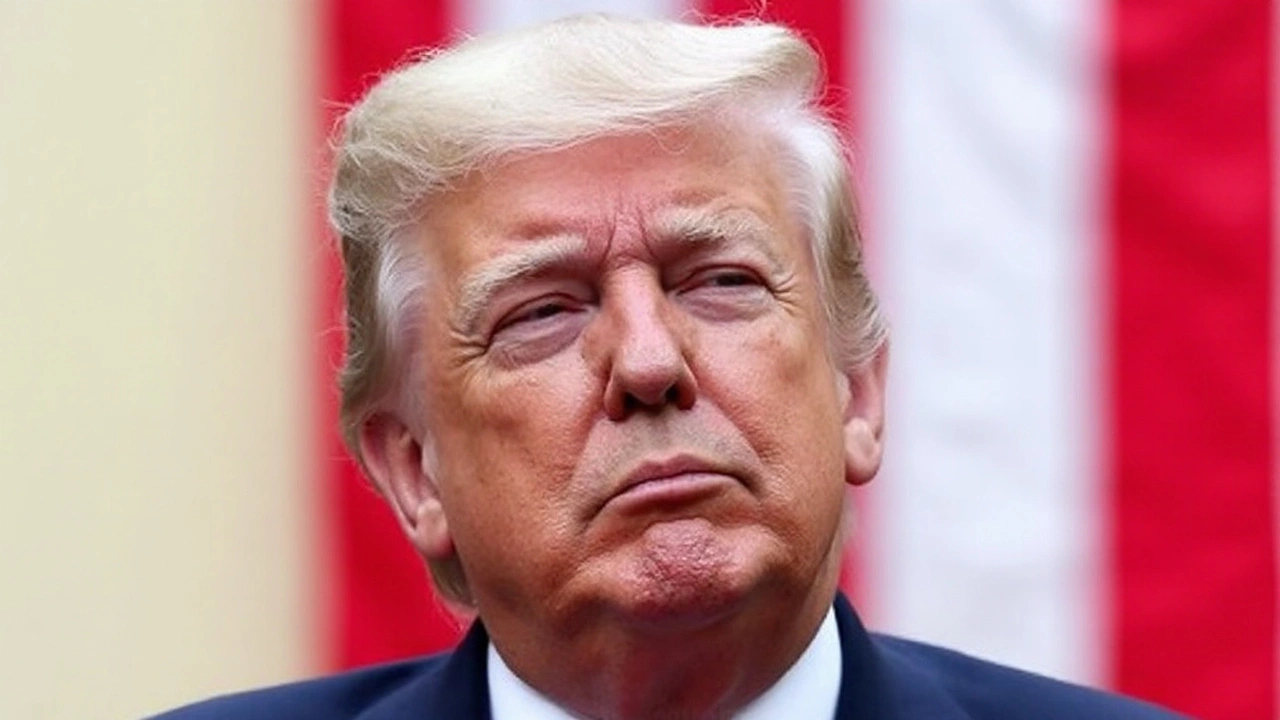
On-camera facial asymmetry renews scrutiny of the president’s condition
For about half an hour during Thursday’s 9/11 ceremony at the Pentagon, viewers fixated on the right side of President Trump’s face. In tight shots from TV cameras, his mouth line looked uneven and his cheek seemed to sag. Clips spread fast online, and so did theories, with some users claiming the pattern matched stroke or TIA symptoms. The White House did not issue an immediate new medical update. That vacuum left the public parsing video frames and guessing what it meant for Trump health.
The setting raised the stakes. The event marked the 24th anniversary of the attacks, a solemn morning where every movement gets amplified by cameras and context. Side angles showed the president standing silently for stretches, at times with his eyes appearing heavy. A few observers went further, saying he may have briefly nodded off. Others argued the facial shift could be lighting, camera angle, or fatigue. Without clinical data, no one outside his medical team can say for sure.
Hours later, Trump was in New York, visiting the Yankees clubhouse before a home game and telling players, “You’re gonna win.” Photos from the ballpark again showed his right hand covered with makeup, a spot he has tried to conceal in recent months. Earlier this summer, the White House said the persistent hand discoloration and swelling in his lower legs were tied to chronic venous insufficiency and daily aspirin use. Viewers noted that, in some broadcasts, the back of his hand looked blurred or heavily filtered. Networks did not comment on any editing.
The age angle looms large. At 79, Trump is the oldest person ever sworn in as president. That fact fuels every health rumor, fair or not. Clips from other recent appearances—like a viral photo from the US Open that appeared to show him taking a blue pill—have added to the buzz. The White House has not addressed that image, and there is no verified explanation of what the pill was. The broader point: small moments now get treated like medical records in public view.
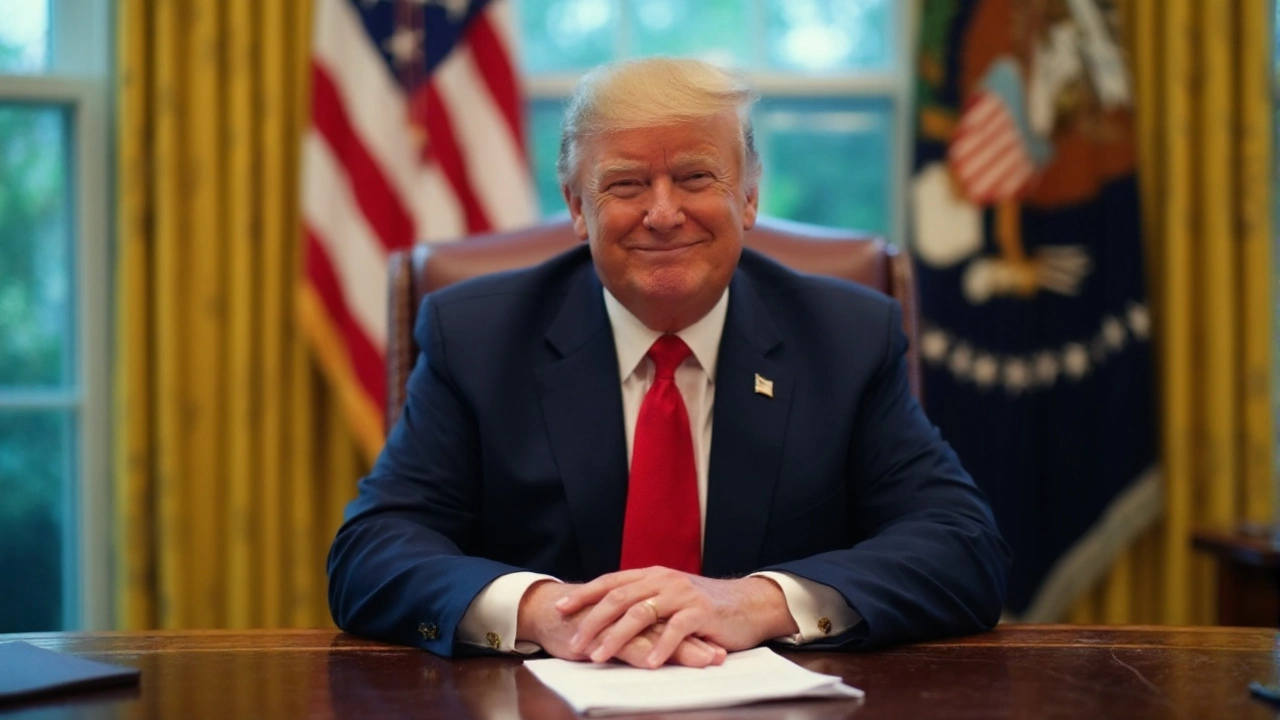
What we know, what we don’t, and how doctors think about facial droop
Facial drooping is a real warning sign doctors take seriously, but it also has many causes. Stroke and transient ischemic attacks (TIAs) are the most urgent possibilities, because acting fast can protect the brain. The American Stroke Association’s FAST checklist—Face drooping, Arm weakness, Speech difficulty, Time to call emergency services—is a standard tool for the public. Yet a still photo or a short clip can mislead. Natural asymmetry, dental work, Bell’s palsy, nerve irritation, migraine, medication side effects, dehydration, or fatigue can create a similar look.
In a true stroke, clinicians look for a cluster of deficits: drooping plus arm drift, slurred or garbled speech, sudden confusion, vision loss, severe headache, or imbalance. Timing is critical. Brain scans like CT or MRI confirm the diagnosis, while carotid ultrasound, heart rhythm monitoring, and blood tests search for causes. TIAs resolve quickly but still trigger a full workup because they can warn of a larger stroke ahead. Nothing in the public footage proves or rules out any of this for the president.
The White House’s last substantive health note came in July, when officials said Trump has chronic venous insufficiency, explaining leg swelling and a tendency toward bruising—issues that can look dramatic on camera. They also attributed the dark mark on his right hand to heavy handshaking and daily aspirin as part of a cardiovascular prevention routine. The administration has not tied those explanations to any facial symptoms, and it has not said whether the president underwent neurological exams, imaging, or new labs after the Pentagon event.
Diagnosing from afar is a trap, and physicians warn against it. Lighting, camera lenses, and split-second expressions can fake out even trained eyes. That said, when a national leader appears with a potential stroke sign, the standard expectation is a short, clear update from the physician: vital signs stable or not, basic neurological check normal or not, and whether any tests were ordered. These brief memos are common after public health scares because they calm speculation without revealing private details.
Trump’s medical transparency has shifted over time. During his earlier term, an unannounced visit to Walter Reed in 2019 spurred questions; the White House later described it as part of a routine physical. Other presidents have set different baselines: some release long summaries after annual exams, others share only a few lines. The public’s appetite for detail grows when age and visible symptoms mix with the pressures of the office.
There is also a political layer. Health narratives can stick, as Hillary Clinton learned in 2016 when she left a 9/11 memorial early due to pneumonia and overheated, and video of her stumbling drove weeks of commentary. Conversely, official clarity can reset the conversation. A brief physician’s note can be more powerful than a thousand clips and captions.
What would resolve the current questions? A dated and signed note from the president’s physician stating whether he was evaluated after the ceremony; if a neurological exam was done; and whether any imaging or labs were ordered. If nothing acute happened, that message could be as simple as: exam normal, no concerns. If something did occur—say, a TIA—standard practice would be to outline next steps without compromising private details: medication adjustments, follow-up with neurology, or monitoring plans.
Chronic venous insufficiency, the condition the White House has already disclosed, does not cause facial droop. CVI is a circulation problem in the legs: valves in the veins don’t push blood back to the heart efficiently, leading to swelling, heaviness, skin changes, and easier bruising. It’s uncomfortable and visible but unrelated to the facial nerves. That distinction matters, because it separates the known explanation (bruising and swelling) from the new question raised by the 9/11 footage (facial symmetry).
Another common, non-stroke explanation is Bell’s palsy, a temporary paralysis of the facial nerve that can cause one-sided droop, difficulty closing an eye, drooling, or taste changes. It often develops over hours, sometimes after a viral illness, and can last weeks. Treatment usually involves steroids early on. But again, no one in the administration has suggested Bell’s palsy, and there’s no confirmed diagnosis from the president’s medical team.
The day’s timeline provides a narrow clue: Trump stood through the morning memorial, then kept his evening plan in New York, appearing upbeat with the Yankees. People can and do continue their plans after a TIA, and not all strokes cause weakness or slurred speech. So the schedule alone does not settle the question. What it does show is that there was no obvious emergency that forced a hospital run on camera.
The stakes here are simple. The presidency is a 24/7 job that tolerates little ambiguity about health. Markets watch. Allies watch. So do federal workers who need steady direction. The cleanest way to turn down the temperature is an on-the-record note from the physician—something past administrations have used effectively after fainting spells, falls, infections, and surgical procedures.
Until then, the conversation will keep circling the clips: the close-up of the right mouth corner, the still frames from the Pentagon, the slow blinks during the reading of names. Opponents will point to the images. Supporters will point to a full schedule and familiar lighting tricks. The facts that matter sit in a chart only the medical team can see.
Here’s what the public can watch for in the coming days:
- Any written update from the White House physician addressing neurological status after the 9/11 ceremony.
- Whether the president’s public schedule changes or is trimmed without explanation.
- Signs of new medication effects—slower speech, visible fatigue—or, conversely, the absence of any changes.
- A formal annual physical date and plan, including labs or imaging typically used for stroke risk assessment.
One more practical note for everyone, politics aside: if you notice facial drooping, arm weakness, or speech trouble in anyone, call emergency services right away. Time is brain. That rule is bigger than any news cycle—and it’s the only certainty in a debate that otherwise sits between pixels and speculation.

